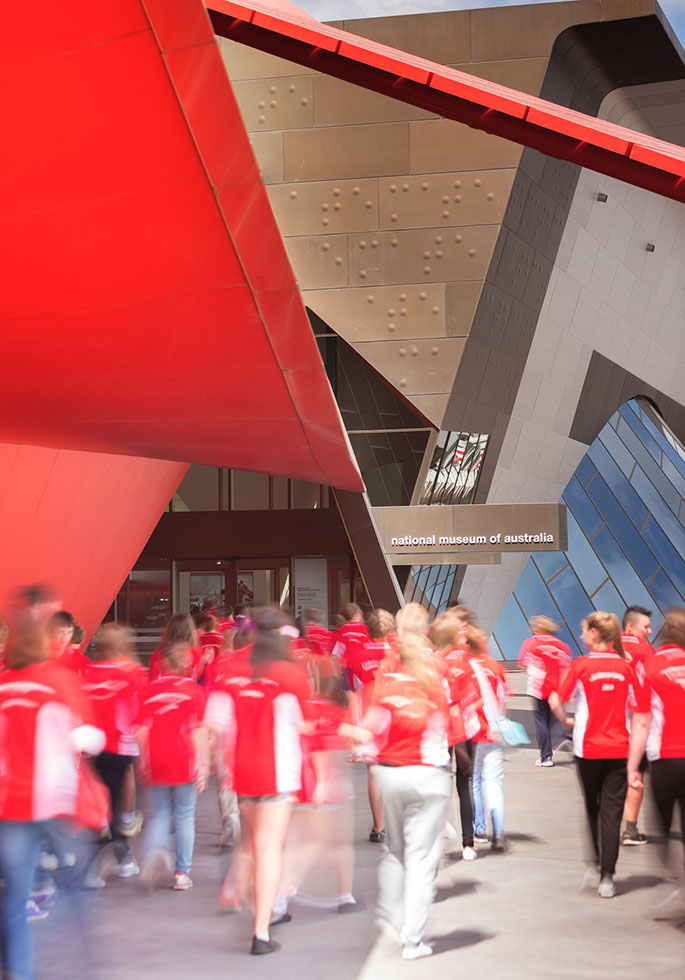The Museum engages consultants where it lacks specialist expertise or when independent research, review or assessment is required. Consultants are typically engaged to investigate or diagnose a defined issue or problem, carry out defined reviews or evaluations, or provide independent advice, information or creative solutions to assist in the Museum’s decision-making.
Major consultancy services for 2014–15 included audit, legal advice, valuation services, architectural advice, property planning and management, IT reviews, collections research, WHS advice and fundraising consultancy. Prior to engaging consultants, the Museum takes into account the skills and resources required for the task, the skills available internally, and the cost-effectiveness of engaging external expertise. The decision to engage a consultant is made in accordance with relevant legislation, policies and procedures including the Commonwealth Procurement Rules and, where relevant, the Museum Act.
During 2014–15, 52 new consultancy contracts were entered into, involving total actual expenditure of $568,386. In addition, five ongoing consultancy contracts were active during the 2014–15 year, involving total actual expenditure of $179,278. Annual reports contain information about actual expenditure on contracts for consultancies. Where the value of a consultancy meets the relevant reporting thresholds, it is reported on the AusTender website, www.tenders.gov.au.
Enhancing key services: Information and communication technology (ICT)
The Museum continued a range of information technology projects using innovative technologies and new business approaches to deliver operational efficiencies and streamline business processes. This included implementation of technical improvements to the management of IT systems security, operating systems and technical support requests.
The Museum continued to build on the business benefits arising from the adoption of RM8, the electronic records and document management system, which includes improved access and sharing of information, security controls and version controls. All business functions will be transferred to the system in preparation for decommissioning the older file storage technology. A recent enhancement will allow for online approval of documents, eliminating paper wastage and reducing the risk of approving out-of-date versions.
As part of ongoing enhancement of its technology infrastructure, the Museum has completed various projects including:
- implementation of service desk management software, which supports timely delivery of technical resolution services to recognised industry standards
- the upgrade of core networking equipment providing continued security compliance, improved performance and reliability
- improvements to internet security management systems
- implementation of centralised smart device management. This is an important foundation to further enable the Museum’s digital capability, making management of the operating systems of smart devices consistent with management of other operating systems and providing quick and easy management of smart-device use in the exhibition environment
- improvements to visitor public wi-fi internet access facilities
- improvements to the capability of collection search and management software
- implementation of ‘follow-me printing’ technology that reduces printing and paper costs and significantly reduces the impact of the Museum’s printing activity on the environment.
In 2015 the Museum continues to integrate its ICT and audiovisual systems to improve technical management, robustness and fault monitoring, and reporting.
